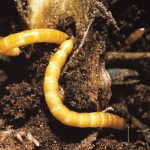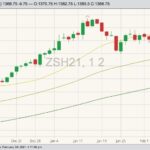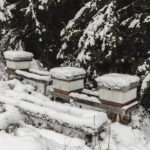Wireworms can dig deep into the soil to avoid frost and survive cold temperatures, according to research out of Prince Edward Island. Christine Noronha, an entomologist with Agriculture Agri-Food Canada (AAFC) in Charlottetown, recently studied how deep, and at what times, wireworms were on the move in the soil. There are no in-season chemical options













